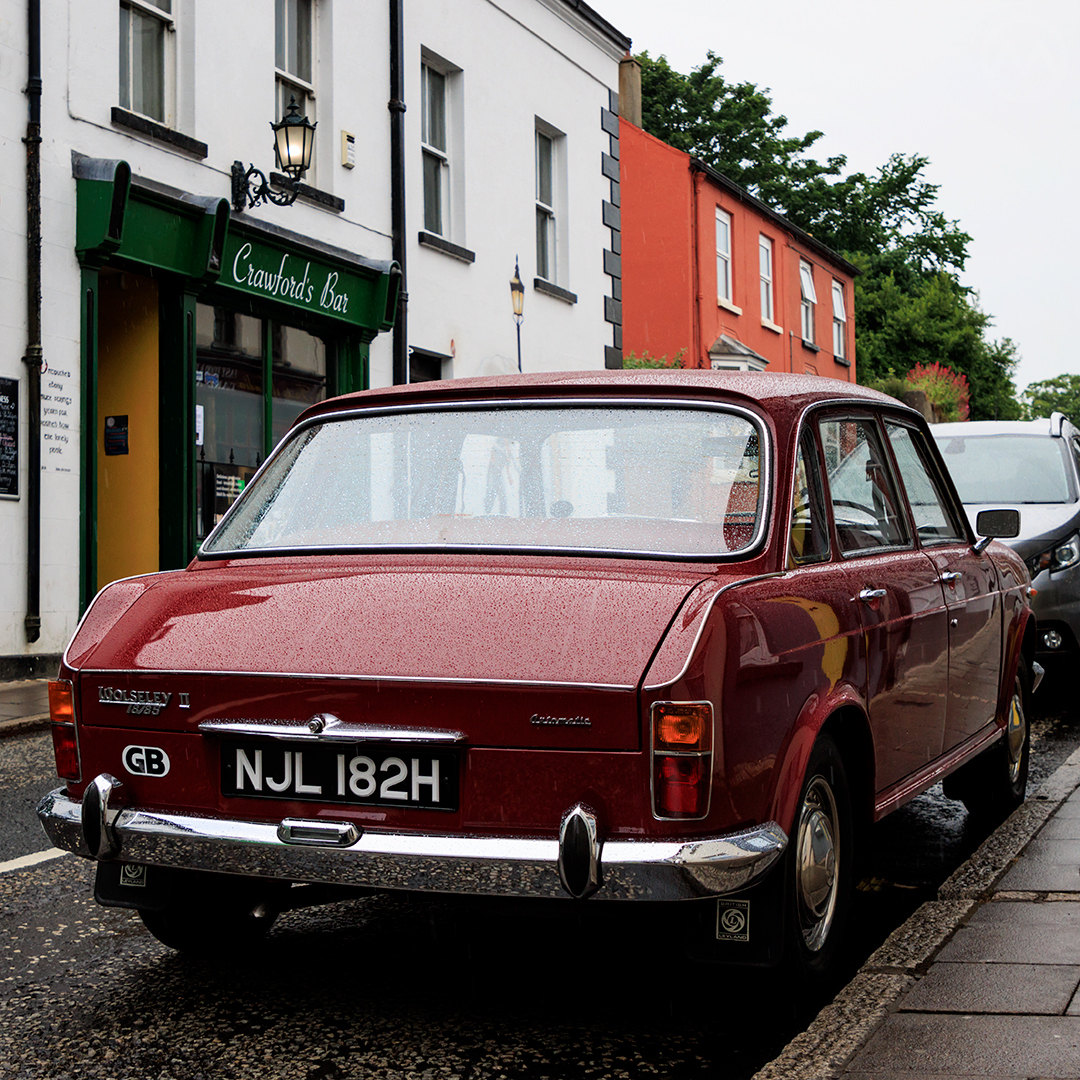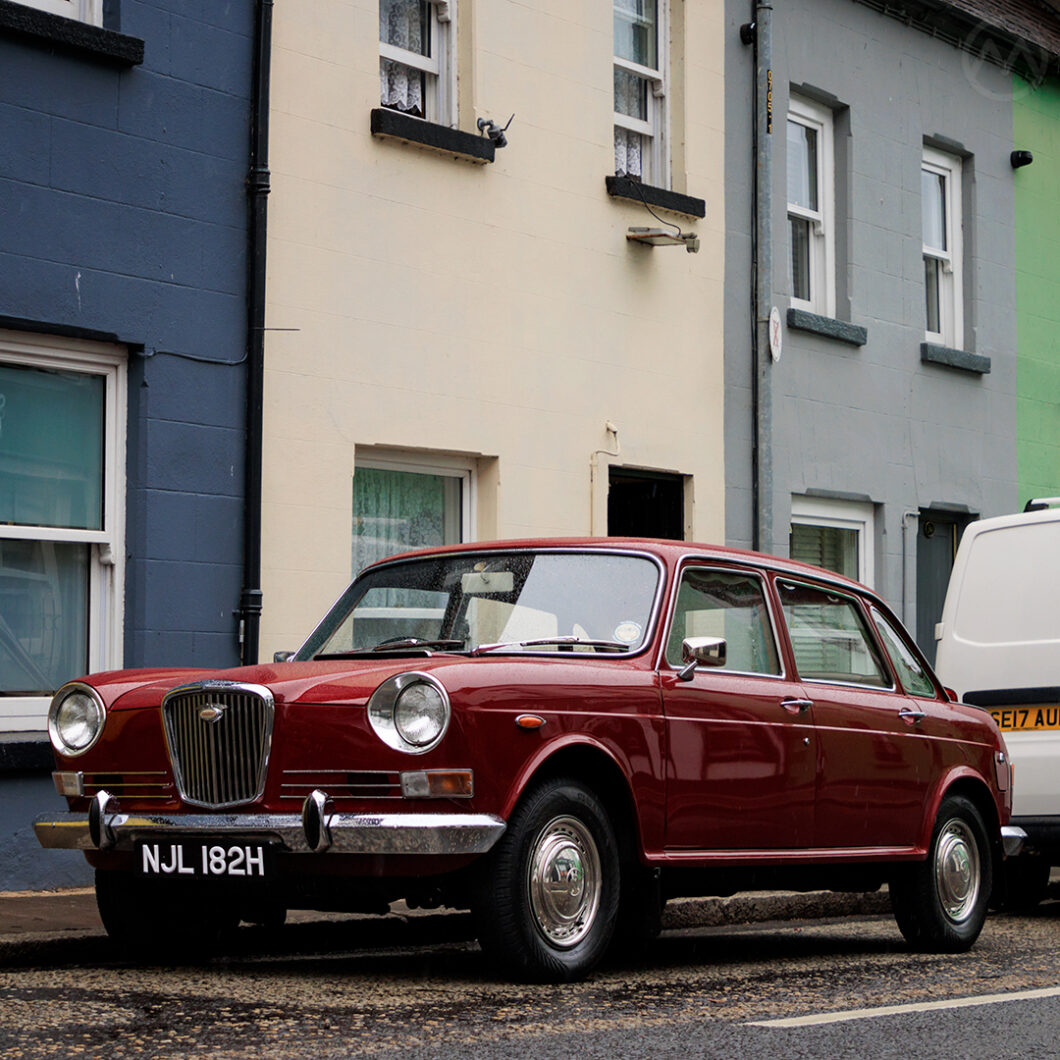This Wolseley 18/85 was featured in our 2023 Hagerty story about the Kilbroney Vintage Show, but today, it’s time for a closer look at the car itself. Almost unknown outside of the U.K., the 18/85 and later Wolseley Six were probably the nicest versions of BMC’s ill-starred but “Landcrab” (development code ADO17), the largest of the British combine’s 1960s wave of front-drive cars. A weird blend of technical sophistication and tweedy traditionalism in their day, they never sold as well as hoped, but they’re quite nice cars.
You can’t get to the Wolseley 18/85 or any of the ADO17 cars without starting with the Mini, and all of BMC’s front drivers were descended from that tiny slice of original thinking. The ADO17s were essentially the same ideas seen in the Mini and the very successful ADO16 cars (Austin/Morris 1100/1300 and derivatives), just scaled up to a large family sedan (er, saloon, as it’s called in the U.K.).
The huge success of those cars and the Morris Minor before them had cemented BMC management’s trust in Issigonis, and with good reason. Unfortunately, the development of the ADO17 proved to be a classic example of both scope creep (making a project progressively larger and/or more complex than intended) and allowing the lead designer a little too much leeway to build what he wanted.
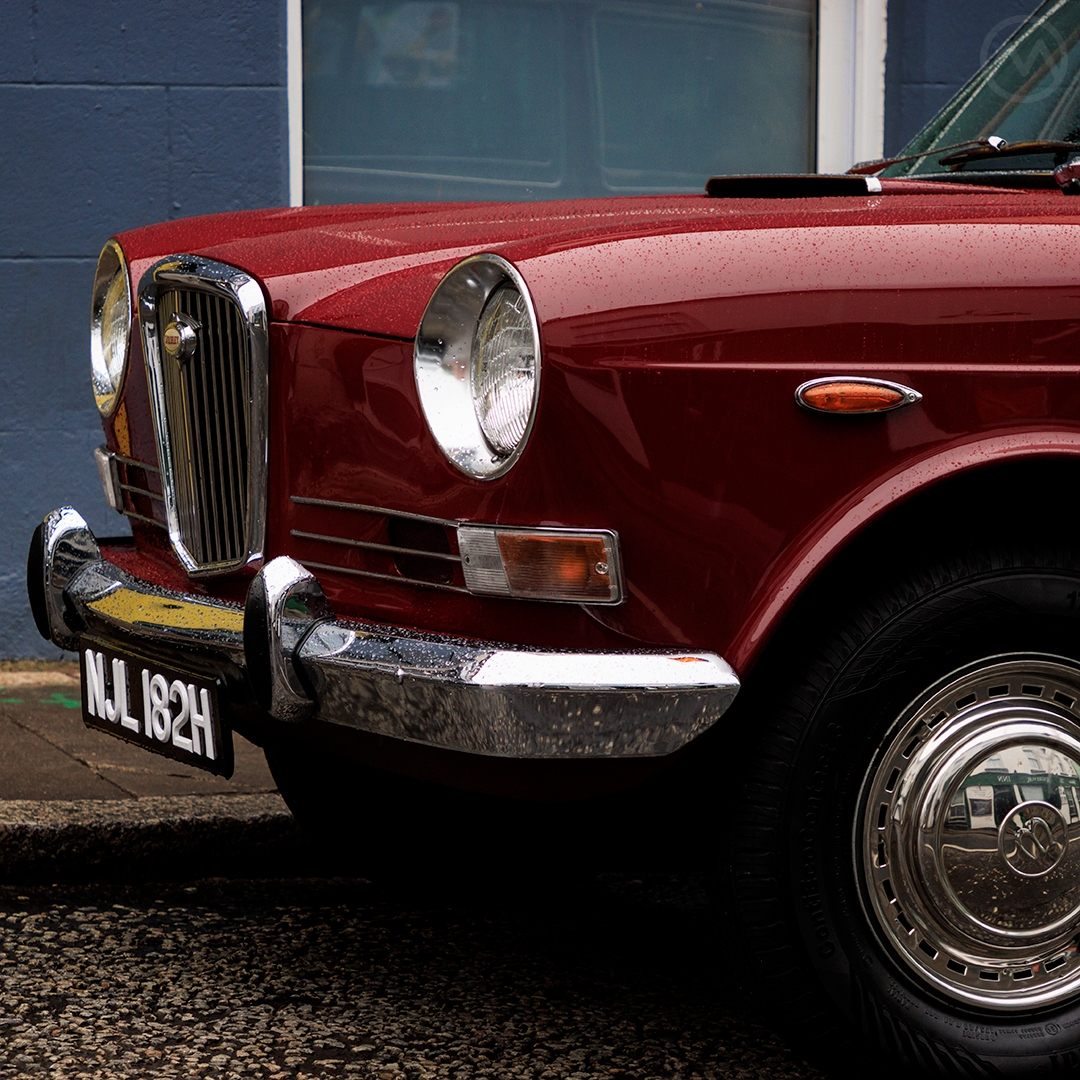
ADO17: A Mega Mini
Technologically, the ADO17 was way ahead of many of its opposite numbers, but it didn’t truly consider the end consumer’s needs or wants or fulfill its original mission. Of course, Issigonis was famously dismissive of market research and once said, “The public don’t know what they want – it’s my job to tell them.” A little more listening might have helped, and that kind of thinking usually leads to market misadventures or, in other areas, political and military disasters.
Conceived as far back as 1956, ADO17’s original mission was to replace BMC’s 1.5-liter “Farina” sedans. Although Issigonis’ original prototype was a rear driver, by 1958, it was clear that the Mini’s front-drive concept was the future, so that’s what he developed. In theory, the old-school, rear-drive Farinas (at least the smaller ones) would serve until this new front-driver arrived in 1963-64. Rear-drive cars were much cheaper to build, of course, but the hope was that shared front-drive technology would reduce unit costs among all of BMC’s cars.
The early prototypes for what became the 1800/2200 cars (the Wolseley 18/85 roughly corresponded to the Austin and Morris 1800s) looked essentially like a giant Mini, and the technology underneath was purposefully similar. The familiar B-Series engine (under the hoods of MGBs and lots of other BMC and later British Leyland cars) would power it, mounted transversely with the gearbox in the sump. It would use Alex Moulton’s Hydrolastic suspension system as on the ADO16. But one key change came early on.
When BMC enlarged the B-Series to 1.8 liters for the MGB, Issigonis & Co. decided to use this engine instead. Since there would be more power available, Issigonis opted to make the car larger and roomier to suit.
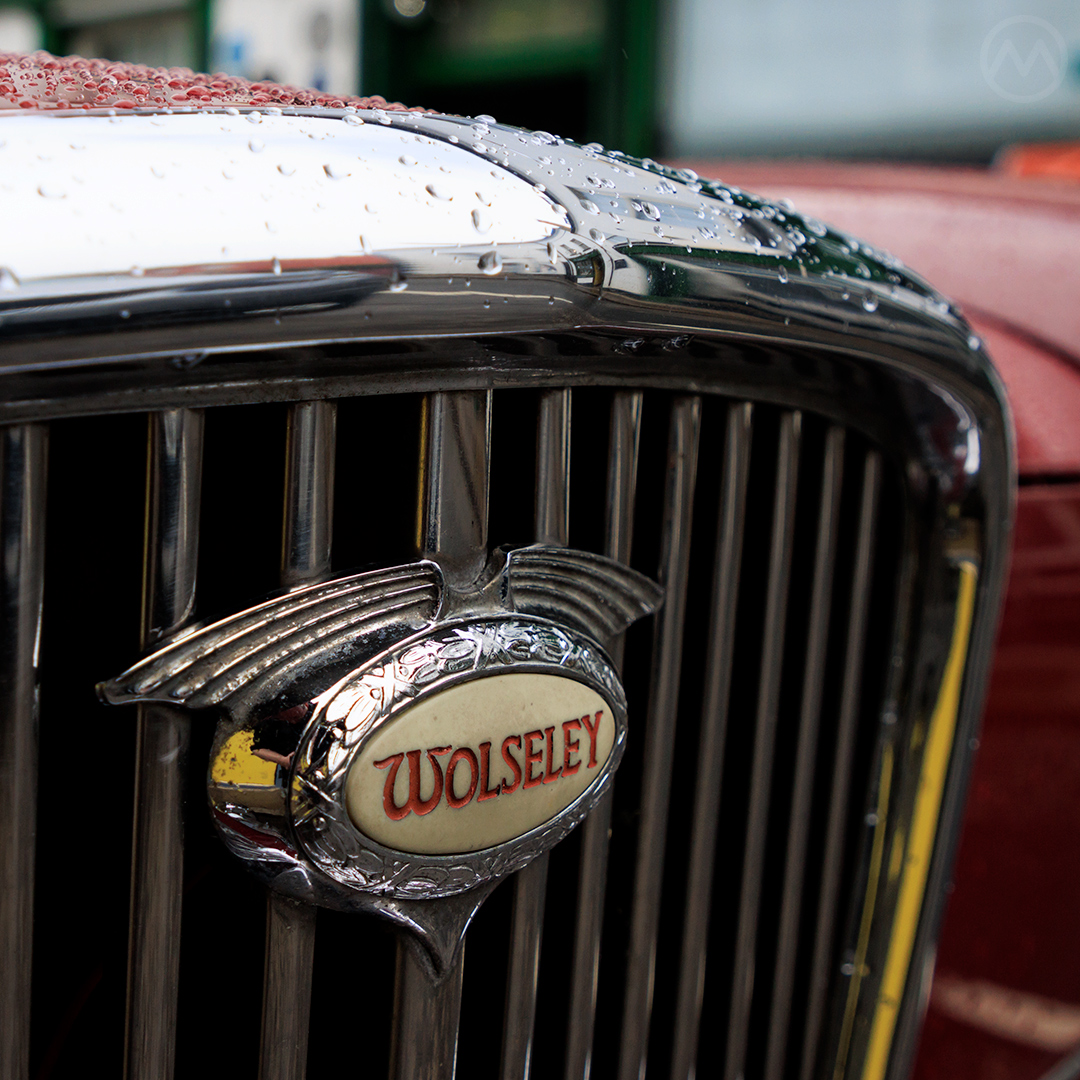
High Tech Pieces in a Traditional Suit
Of course, Issigonis was not the sole creator. By 1960, there were dedicated teams for each car, and Charles Kingham led the small group in charge of the 17. While ADO16’s Cell, led by Charles Griffin, was based at Cowley, Kingham’s team worked at the main offices in Longbridge, where Issigonis’ own office was, meaning a heavier hand from the boss.
Both the Mini and the ADO16 were fantastically space efficient, and the basic idea behind their big-interior, small-overhang approach was translated directly to the ADO17. All of its length was in its huge 106-inch wheelbase. That was only two inches shy of the big, six-cylinder Austin Westminster Farina, but the 17 would be more than a foot shorter overall than the four-cylinder 1.5-liter Austin Cambridge. It was also four inches wider overall than the Farina. Although we’re fans of the Landcrab, the look was faintly Dachshund-like.
Of course, on small cars like the Mini and the 1100, the extra room created by their novel packaging meant real improvements to passenger comfort and utility over older rear-wheel drive designs. In cars like the old Austin A35 that preceded the Mini, lots of space was lost to the intrusion of the driveshaft, the rear differential and the rear suspension needed to support these components. Making them much more spacious by eliminating much of this intrusion made sense. But on a larger car, while the intrusion is still there, there’s more room to begin.
This kind of front-drive packaging would eventually become more normal in large cars from Renault Safranes to Buick LeSabres, but on larger cars in the 1960s, it was an answer to a question nobody had asked.
As on the ADO16, Pininfarina was consulted to help with the new design, but management chose the basic proportions set by Issigonis and internal designer Dick Burzi. While the Italians had a major role in shaping the very successful 16, they only contributed in relatively minor ways on the 17, mostly refining the nose and tail for the original Austin and Morris versions.
Issigonis also had other goals for the car, namely eliminating the suspension subframes of his smaller front-drive designs. Though the subframes insulated the cars from road noise and bumps, they added weight. In this larger format, the team designed a very rigid shell that eliminated the need for them. Coupled with the Hydrolastic system, the ADO17 proved to be a very solid, quiet, and smooth machine, and the rigidity would later make it an excellent long-distance rally car (and banger racer, sadly). But it wasn’t as nimble as the smaller BMC front-drivers, or as exciting.
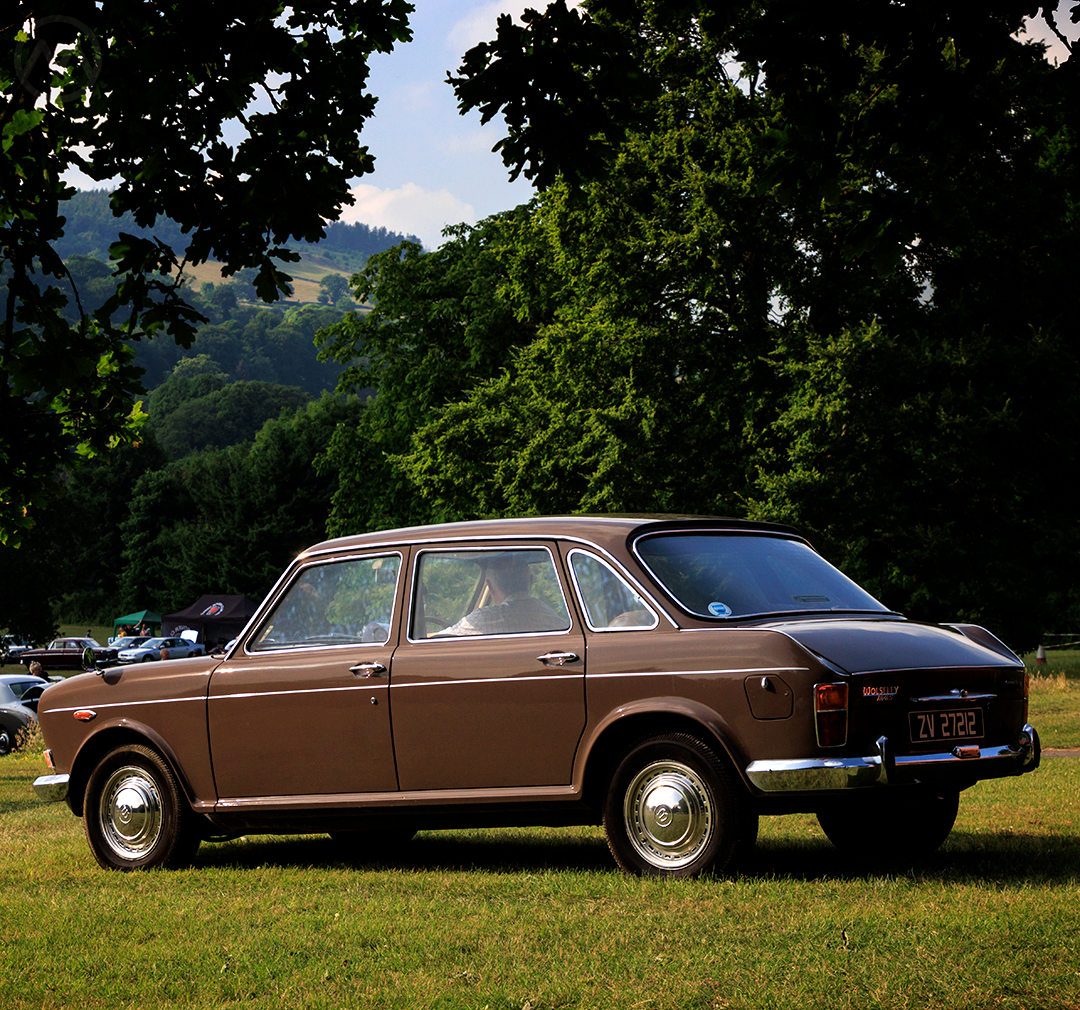
1964
By the time the ADO17 was launched (as the Austin 1800) in 1964, the smaller 1100/1300 was the U.K.’s best-selling car and the Mini a worldwide superstar. There was every reason to be optimistic, but sales sputtered from the start. Being a 1.8-liter car, it could neither replace the smaller Farinas nor compete with the popular Ford Cortina on price. 1.5-liter cars were almost 20% of the U.K. market then, but 1.8-liter cars only about 5%.
Potential buyers were also put off by the unusual visual proportions, which soon earned it the “Landcrab” nickname. But even if they could get past that, many did not like the Mini-like driving position, with its bus-driver steering wheel angle and the very heavy steering. Power steering was not an option, although BMC and later British Leyland progressively tinkered with the steering ratio and suspension to lighten the steering effort.
Early cars also suffered from a variety of quality ills, including a reputation for oil consumption, possibly due to an incorrectly calibrated dipstick.
It took almost two years to sort out the initial teething troubles, and it eventually became clear that the car just hadn’t been tested enough. Indeed, in 1999, the famous journo Ronald ‘Steady’ Barker wrote Issigonis admitted to him that the company had only built three test mules and hadn’t really invested any time in testing them outside of the U.K. Barker felt that the soft Hydrolastic suspension was needlessly bouncy on French roads. The admission came when Barker confronted Issigonis on the subject at the 1965 Turin show.
Morris (1966) and Wolseley (1967) versions arrived after the teething issues and usefully added production volume, but the Landcrab just never sold all that well. From all this, you’d think the Landcrab was a terrible car, but it wasn’t. It just wasn’t what buyers wanted at the time and its troubled development was a warning sign of things to come. The car itself was quite pleasant. It was quiet, smooth, and hugely roomy, even if handling was only so-so. It was good enough, anyway, to nab the 1964 European Car of the Year award.
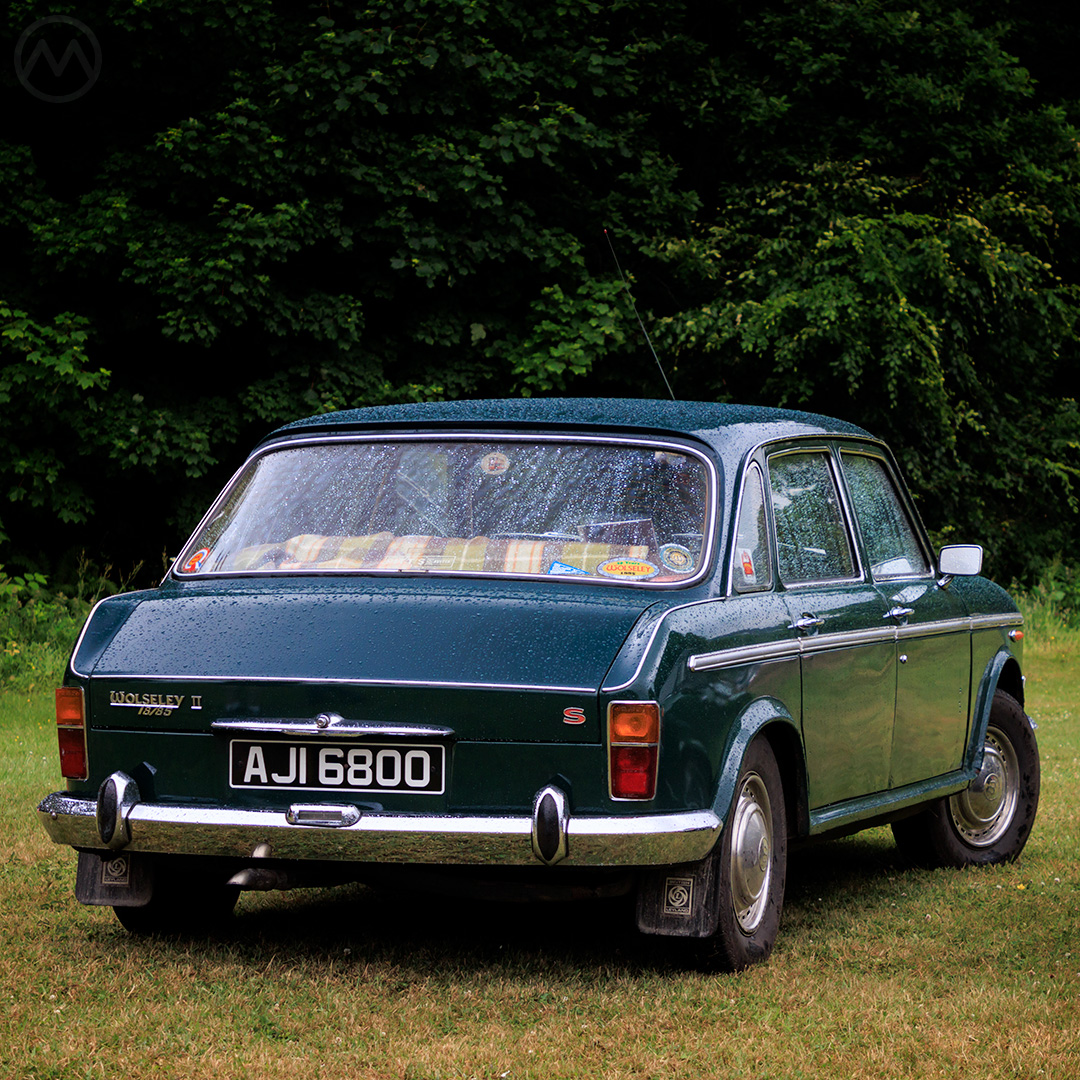
Wolseley 18/85 and Wolseley Six
By the time of these cars, Wolseley was in its dotage as a make. An old-like British name dating back to the 1887 founding of the Wolseley Sheep Shearing Company, it had been absorbed into first Nuffield, then BMC, and finally British Leyland. After 1952, its cars were entirely badge-engineered, but the 18/85 was meaningfully upgraded from the Austin and Morris versions.
The plush, wood-veneered interior made it feel properly posh by comparison and the Landcrab’s soothing, quiet, rattle-free personality was well suited to such a car. A Riley version was contemplated, but it never reached production given that the ADO17s were already slow sellers and the overlap with the Wolseley 18/85. By this time, Riley was likely to be axed anyway and Wolseley was also soon to see its range reduced.
In 1968, as BMC became BL, a 96-hp S version arrived with a Downton-designed cylinder head and twin carbs, and there were more developments in Australia and New Zealand, where the cars were better received than at home. In 1969, a front-drive car in a similar vein finally replaced the Farinas, but it was the Austin Maxi, Issogonis’ last BMC/BL design. When the Maxi arrived another cost-cutting measure undermined both it and the ADO17s. The Maxi reused the doors from the Landcrab, locking in the 1960s looks for another decade and making it look very much like its pricier showroom siblings.
In 1972, the Landcrabs got a major technical update and optional 2.2-liter overhead-cam E-Series straight sixes, making them one of the few transverse, front-drive straight-six cars ever built. The Sixes were first released in Australia (where even a V8 version was contemplated) and based on the E-Series engine from the Austin Maxi. Indeed, the Maxi’s compact engine design was in part created so that the engine could be expanded into a compact six for just this purpose.
While the new sixes didn’t really do much for Austin and Morris sales, the Wolseley Six proved a better seller over its short run than the 18/85 had. At Wolseley, the Six entirely replaced the four-cylinder 18/85, while the Austin and Morris versions kept the fours. For the customers who still wanted a new Wolseley from 1972 to 1974, it was the only car in the showroom as the make faded under British Leyland.
The new Six ran until 1975, when the Wedge-shaped ADO71 “Princess” replaced all of the Landcrabs. Wolseley got a version, too, but it only lasted one season before the make was dropped and the Princesses redone into a kind of marque of their own. About 60,000 Wolseleys of both types were built in total, and about 60% of them were four-cylinder 18/85s. The immaculate burgundy feature car is a 1970 Wolseley 18/85 Mark II automatic, and all three 18/85 models pictured in this story were shot in Rostrevor, Northern Ireland.
